Life is a complex journey, woven together by countless choices and events. To make this journey more meaningful, having a solid blueprint is essential. By deepening our self-understanding through life planning, we can uncover the direction we truly desire.
In this article, we’ll explore how to visualize your life using diagrams and how to approach goal-setting from a contrarian perspective. These insights will help you reassess your own life design and identify concrete steps toward a more fulfilling future.
- The Importance of Life Planning for Self-Understanding
- Visualizing Life Choices with Diagrams
- Finding New Goals through Contrarian Thinking
The Importance of Life Design
To lead a fulfilling life, having a solid plan is crucial. Engaging in life design helps clarify your values and goals, creating a foundation for making better choices. In this section, we will explore the significance of life design as the first step toward self-understanding and discuss some fundamental frameworks. This journey will encourage you to reflect on how you want to shape your own life.
The First Step to Deepening Self-Understanding
Self-understanding is the cornerstone of life design. By recognizing your strengths, weaknesses, and values, you can better identify what you should aim for. It’s essential to start by considering what truly matters to you and then set goals based on those insights. Through this process, you’ll gain a deeper understanding of yourself, enabling you to make future choices with more confidence.
Moreover, engaging in conversations and seeking feedback from others can significantly enhance self-understanding. By communicating with those around you, you can discover aspects of yourself that you might not have noticed before. These fresh perspectives will help make your life design more concrete and attainable.
- Self-understanding serves as the foundation for life design.
- The importance of clarifying your values and goals.
- Dialogue with others offers new insights.
Basic Frameworks for Life Design
There are several frameworks to consider when it comes to life design. For instance, distinguishing between short-term and long-term goals can be very effective. Short-term goals provide specific guidance for your daily actions and serve as stepping stones to achieving a sense of accomplishment. On the other hand, long-term goals outline the overall direction of your life and significantly influence your daily choices.
Additionally, using the SMART criteria (Specific, Measurable, Achievable, Relevant, Time-bound) can make goal-setting more effective. By setting goals based on this framework, you can create action plans more easily and track your progress toward achieving them.

If you found this article interesting, I recommend checking out this piece on “Creating Your Life Blueprint: Steps from Self-Recognition to Goal Setting” as it offers insights into deepening your self-understanding and learning practical steps for life design. It provides detailed methods for clarifying your values and goals through self-analysis, so be sure to take a look!
- The importance of differentiating between short-term and long-term goals.
- The effectiveness of SMART criteria in goal-setting.
- A framework to facilitate easier action planning.
Visualizing Your Life Through Diagrams
When it comes to planning your life, using diagrams for visualization can be incredibly effective. Visual information helps to clarify complex choices and goals, making them easier to understand. In this section, we’ll explore how to use diagrams to clarify your life choices and how to leverage visual mapping. By doing so, you’ll be able to envision your life design more concretely and identify actionable steps to make it a reality.
Making Life Choices Clear with Diagrams
By utilizing diagrams, you can get a clear picture of your life choices at a glance. For instance, visually representing career options or lifestyle choices can help you determine which path to take. This clarity makes it easier to choose options that align with your values and goals.
Moreover, diagrams do more than just organize information; they also facilitate comparison and interconnections. By consolidating the pros and cons of multiple options into a single diagram, you can efficiently sort through your decision-making criteria, leading to more satisfying choices.
- Easily organize your choices with diagrams
- Clarify selections that align with your values
- Visually understand comparisons and connections
How to Utilize Visual Mapping
Visual mapping is a technique for expressing ideas and goals visually. By employing this method, you can paint a more concrete picture of your life vision. For example, placing your main goal at the center and branching out to related elements and actions allows you to grasp the overall picture.
Additionally, visual mapping aids in organizing your thoughts. By representing complex problems or choices visually, it becomes easier to sort through the information in your mind, helping you create an effective action plan. By incorporating visual mapping into your life design, you’ll find that it becomes more tangible and achievable.
- Use visual mapping to make your goals concrete
- Helps in organizing your thoughts
- Assists in building an effective action plan
Rethinking Life Design Through a Contrarian Lens
When it comes to designing your life, it’s essential to adopt a contrarian perspective rather than sticking to conventional thinking. Many people tend to get swept up in the goals and values that others pursue, but sometimes, considering the opposite can uncover new possibilities and hidden needs. In this chapter, we’ll explore the pitfalls of traditional goal-setting and how you can use contrarian thinking to reassess your own life design.
The Pitfalls of Conventional Goal-Setting
Most goals people set are influenced by societal expectations and the opinions of others. For instance, if you align your goals with the career paths or lifestyles that those around you deem desirable, you may end up making choices that stray far from your true self. This disconnect can lead to a lack of fulfillment and lower the quality of your life.
Moreover, conventional goal-setting often leads to an aversion to risk, as people fear failure. However, avoiding risk can hinder growth and prevent new discoveries. To truly succeed, you sometimes need to embrace failure and venture into the unknown.
- Conventional goals are often swayed by others’ expectations
- Making choices detached from your true self can diminish life’s quality
- Avoiding risk can be a barrier to growth
Discovering Hidden Needs Through Contrarian Thinking
By incorporating contrarian thinking, you can uncover your essential needs and desires. For example, while those around you may chase after success, take a moment to reflect on what values you truly want to prioritize. Considering things from a different angle can help you reassess your strengths and interests, providing valuable insights for carving out your unique path.
Additionally, contrarian thinking encourages you to explore options that others might shy away from. This can lead to discovering less competitive fields or unmet needs, allowing you to create a life design that is more unique and fulfilling. By setting goals based on your values, you can achieve a more satisfying life.
- Use contrarian thinking to identify your essential needs
- Gain insights for finding your unique path
- Discover unmet needs and consider less competitive options
Steps to Realizing Your Life Design
To bring your life design to fruition, it’s essential to have a concrete action plan and to follow through on it. In this section, we’ll explore specific steps to achieve your goals and how to build sustainable habits. By creating a solid plan and integrating it into your daily actions, you can clarify the path to realizing your life blueprint.
Crafting and Implementing Your Action Plan
An action plan outlines the specific steps needed to achieve your goals. Start by setting your objectives based on the SMART criteria, then identify short-term, mid-term, and long-term actions to take. This process helps you clarify what you need to accomplish and by when, making it easier to take action.
Once you’ve created your action plan, it’s crucial to put it into practice. It’s not just about planning; thinking about how to incorporate your plan into your daily life is key to success. By starting with small steps and gradually working your way up to larger goals, you can steadily achieve results.
- Setting goals based on the SMART criteria
- Clarifying short-term, mid-term, and long-term actions
- The importance of integrating your plan into daily life
Building Sustainable Habits
Establishing sustainable habits is vital for realizing your life design. To adopt new habits, it’s important to choose ones that align with your lifestyle. Starting within a manageable scope makes it easier to sustain these habits over time.
Additionally, setting up “triggers” for habit formation can be effective. By incorporating elements into your life that prompt specific behaviors, you can make it easier to develop habits. For instance, linking your morning coffee routine to a workout afterward can help solidify that behavior.
- The importance of choosing habits that suit you
- Starting within a manageable scope
- Setting triggers to facilitate habit formation
Conclusion
Deepening your self-understanding through life planning is a crucial step toward clarifying your values and goals, ultimately leading to a more fulfilling life. By incorporating visualization techniques and contrarian thinking, you can gain fresh perspectives that break free from conventional wisdom. Additionally, creating a concrete action plan and establishing sustainable habits will equip you with practical methods to move closer to your ideal life.
By following these steps, your life plan will become more concrete and achievable, guiding your daily choices in alignment with your values. Crafting your life blueprint is also a journey of self-discovery and growth. So, embrace this journey and enjoy the process!
- Life planning is the key to deepening self-understanding
- Gain new perspectives through visualization and contrarian thinking
- Concrete action plans and sustainable habits are the secrets to success
Take the first step toward improving your life. If you found this article helpful, please leave a comment! We’d love to hear your thoughts!
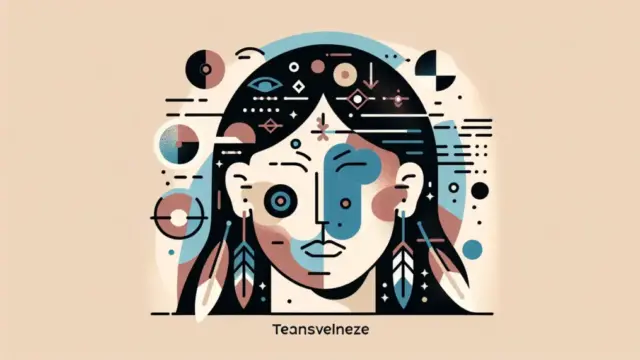





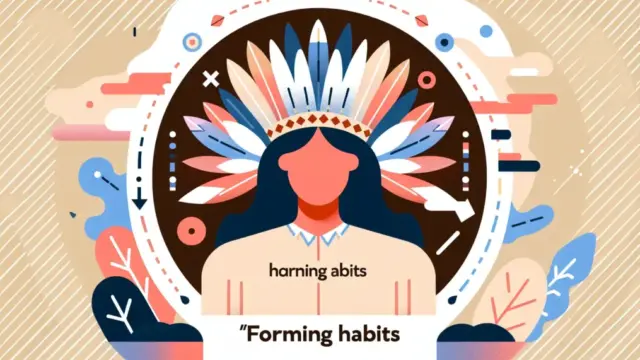


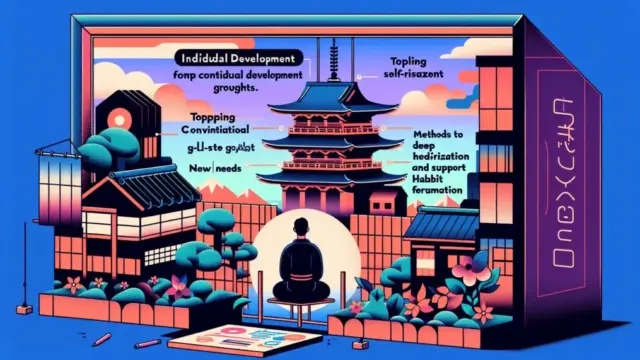


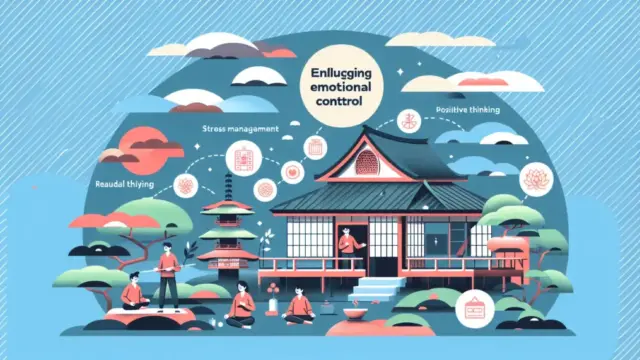

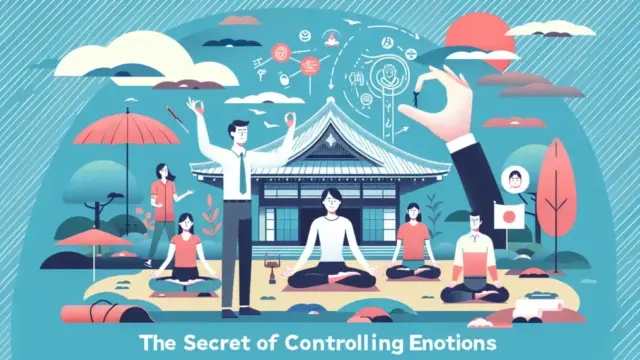

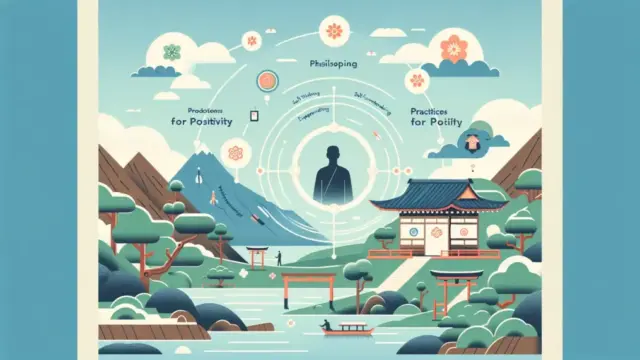












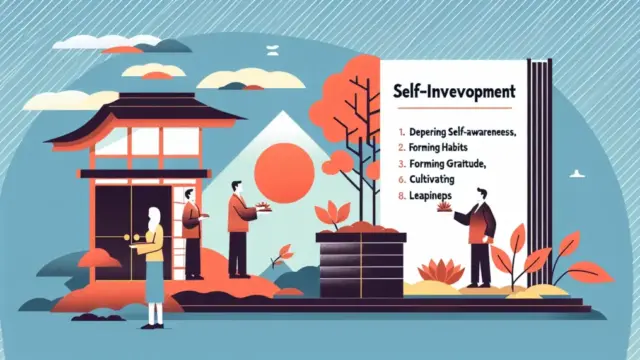

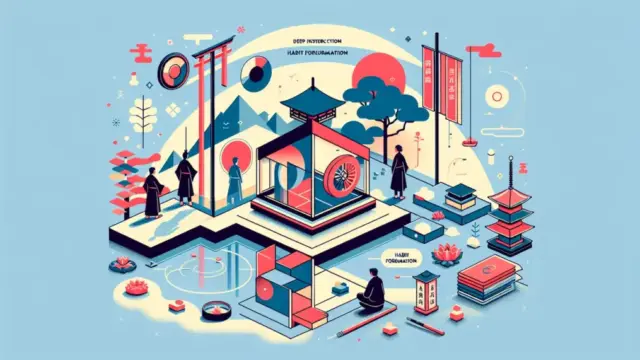


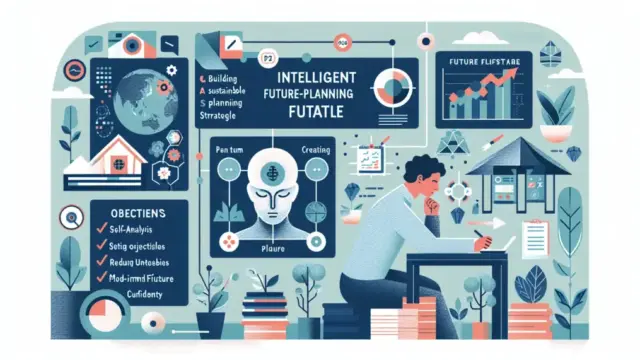


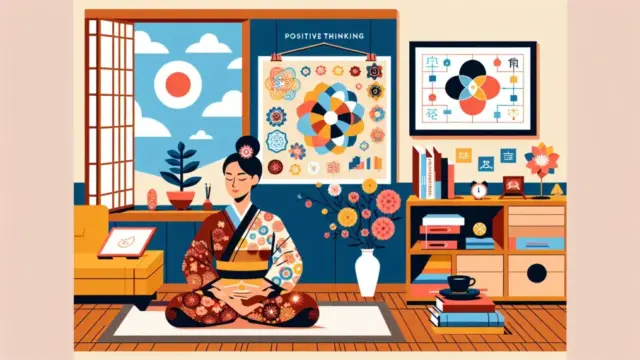








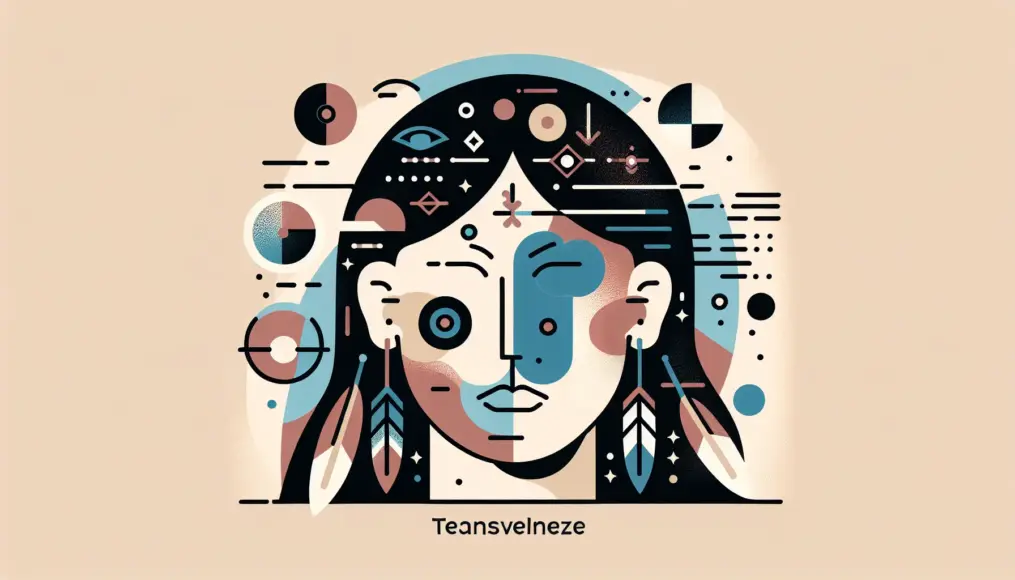

Comment